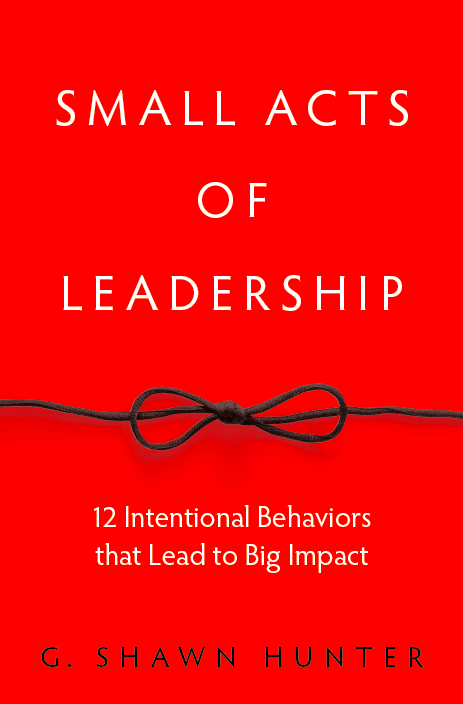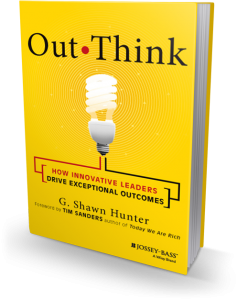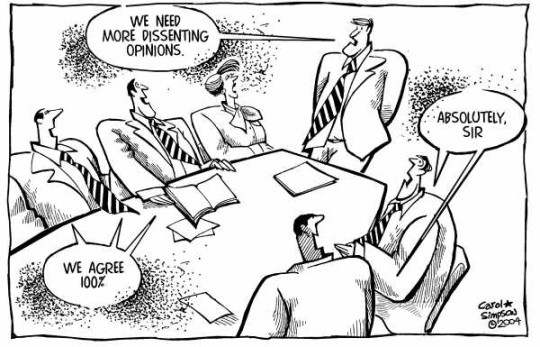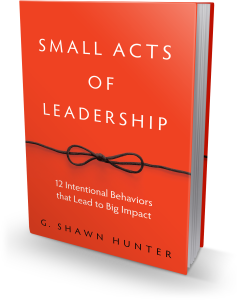Do You Have a Job or a Calling?
There’s nothing quite so inspiring as seeing someone embrace their work in the pursuit of excellence, or in service of a greater mission. And there’s nothing quite so moving as witnessing small acts of excellence, generosity, and kindness. Often the most moving and inspiring stories are about competitors who become comrades, or everyday people taking deep pride in their work.
There’s this beautiful story of high school runner Meghan Vogel, who helps her fallen competitor, Arden McMath, cross the finish line of the 2012 Ohio State Track meet. And then there’s this story of quiet dedication and inspiration Martin Seligman recounts in his book Authentic Happiness…
Years ago Seligman was visiting a dear friend in the hospital. His friend Bob Miller was a vibrant, joyful man, and at the age of eighty-one still an avid runner, tennis player, and gregarious person. Miller had been hit by a truck while running, and now lay in a coma for the third day in a hospital bed.
The neurologist gently asked Seligman to consider Miller’s “advance directive” order, and consider removing the life support system. Seligman was distraught considering the possibility that his friend would never rise again. He asked for a moment of quiet, the doctor left the room, and Seligman sat down in a chair to watch the orderly working in the room.
The orderly was quietly rearranging art on the walls. He took down a calendar, pinned up a Monet print, and then took two Winslow Homer prints from his bag and placed them with consideration on the walls. Next to Miller’s bedside he taped a photograph of a Peace rose.
Seligman gently asked the orderly what he was doing, and the man replied, “My job? I’m an orderly on this floor. But I bring in new prints and photos every week. You see, I’m responsible for the health of all these patients. Take Mr. Miller here. He hasn’t woken up since they brought him in here. But when he does, I want to make sure he sees beautiful things right away.”
In Martin Luther King Jr’s “Street Sweeper” speech he said,
“If a man is called to be a street sweeper, he should sweep streets even as Michelangelo painted, or Beethoven composed music, or Shakespeare wrote poetry… if you can’t be the sun, be a star. It isn’t by size that you win or you fail. Be the best at whatever you are.”
Some people have jobs, some have careers, and some have callings. A calling is a pursuit of something greater than oneself, and often the path which creates the greatest inspiration for others.
- Join my Email updates for regular updates on leadership and life
- Learn more about my Speaking work
- ____________________________________________________

Twitter: @gshunter
Say hello: email@gshunter.com
Web: www.shawnhunter.com









 Our company
Our company 